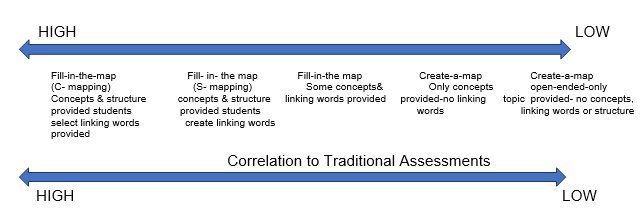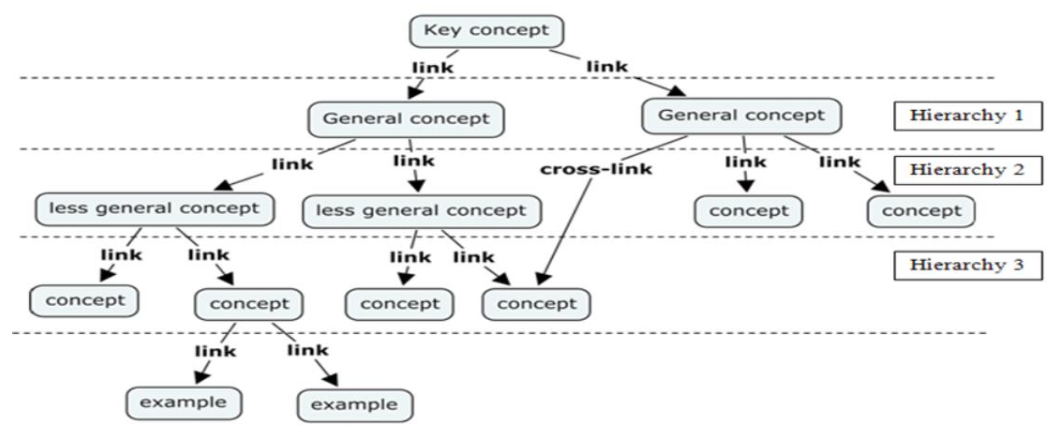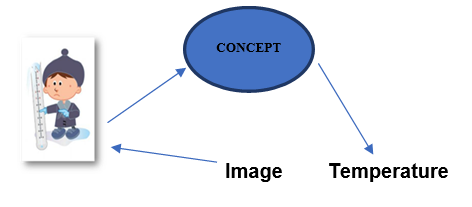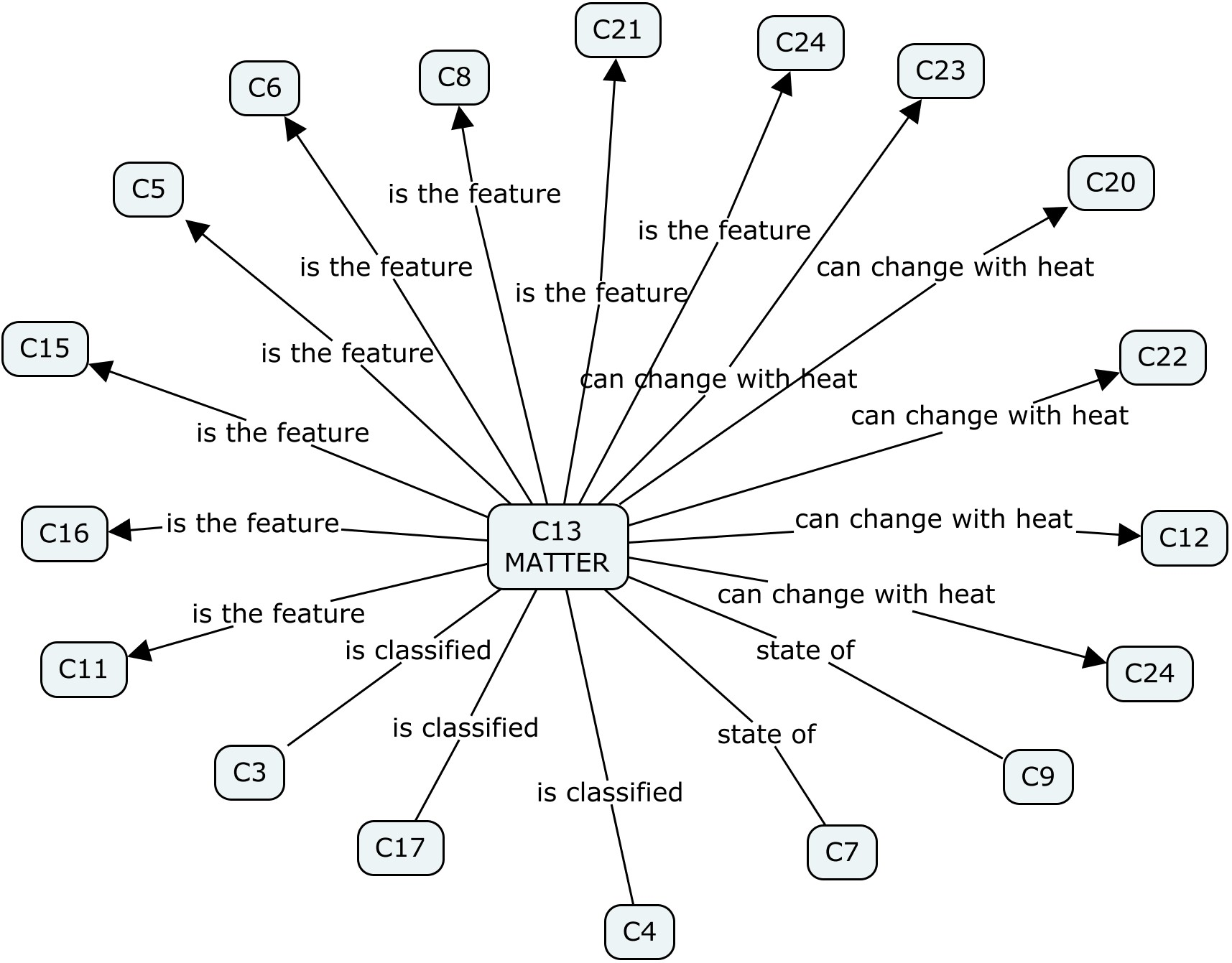1. Introduction
The analysis of parents and pedagogues’ social attitude to education of disabled people
Physics concepts are generally composed of abstract concepts, and most of these abstract concepts are often ontological metaphors (Brookes, 2006; Kurt & Sarı, 2018). Knowledge is formed as children construct their own experiences through their own lives. For this reason, many techniques are used to include students' science lessons in their life processes. One of these techniques is to get support from visual elements.
Berger (1972), emphasized that, seeing comes before words. The child looks and recognizes before it can speak. This perspective has influenced educational researchers at all levels of education. Visual elements have been tried and applied with many techniques in the field of education. Some of these categories are photography, films, moving images, television, comics and cartoons, computers and graphics etc. (Berger, 2011).
In Turkey, Tongal (2010) determined the effectiveness of constant time delay instruction in teaching picture cards to children with mental deficiencies. This study shows that cards are a mental tool for people with mental disabilities. According to Gören (2014), The Words on the Card, Picture Memory, Order of Colors, and Space Memory games were memory games for children (Altun, 2017). Alagöz (2019) stated that mentally disabled people could be given toilet training with picture cards. Göbüt (2019), investigated Dot Cards in mathematics education on 6-year-old children (Figure 1). These cards were used to visualize combinations of 10 (number). The exercise of recognizing sets of numbers in their arrangement helps them to internalize the value and relationships of numbers. According to the results obtained from the study the math program with dot cards applied to the experimental group had a significant effect on children’s math ability.
Akçay and Akçay (2017) conducted a semi-experimental study on story cards in the preschool period. In this research, the story cards were determined on students' visual expression skills. They found that it was effective. Kaya (2020) researched Story Cards in math education. In this research, it was aimed to investigate the problem-posing abilities and creativity of seventh grade students through semi-structured activities prepared by using story-making cards and story cubes. While some students in the problem posing activity on the story building card had difficulties, some of students stated that this activity was easy. The educational cards used in the research conducted in Turkey may vary according to need or developmental stage.
The other way to use visual elements is to create picture cards. The studies indicate that the cards used in education may be different according to the age and developmental characteristics of children. With a constructivist project in Panama (2008), concept maps were produced about students' concepts with the concept cards game. At the national level, concept maps and concept map drawing tools wanted to be introduced to teachers (Giovani et al., 2008). This experience has shown that the conceptual card game is indeed a good methodology for introducing the concept. According to several studies conducted in Turkey and in the world, educational cards make a serious impact on students' memory (Carpenter and Olson, 2011; Fitriyani and Nulanda, 2017; Haris et al., 2019). Smith and Munro (2009), with a comprehensive project in the UK, have found that educational card games can be an asset in the classroom, stimulating active imagination and enquiring minds through play. To connect old knowledge with new knowledge, memory studies can be emphasized in this area. In this context, concept cards may be the right choice.
Table 1 Concept cards.
| FRONT | *Main Ideas *Concepts *Key Terms *Important Events or People |
| BACK | · Details & Explanations · Definitions · Examples · Dates · Places · Memory Aids o Pictures o Graphs o Charts o Mnemonic devices |
Source: SALT (2022).
Concept cards are one of the educational cards that are one of the most powerful tools used in teaching concepts (Agee, 2022). Concept cards consist of two faces, front, and back (Table 1). The front side is for teaching terms and the back side is for strengthening memory.
The aim of this research is to determine the effect of concept cards specially designed for primary school students on students' perceptions of physics concepts about matter with concept mapping. Concept maps were developed in the early 1970s while they were studying science concept learning in children (Novak & Gowin, 1984). The CMap is a knowledge representation tool in the form of a graph comprised of boxes connected with labeled arcs (Safayeni et al., 2005). The use of CMaps for the evaluation of students’ knowledge was reported by many researchers ( Derbentseva et al., 2007; Roberts, 1999; Williams, 1998). Generally, there is a positive attitude toward using CMaps as an evaluation tool (Derbentseva et al., 2007). In this study, it was thought that the effect of concept cards on students' perception could be determined most effectively with concept maps.
1.1. Research question
In this section, the research questions will be included will be included.
1. Do concept cards have an effect on students' perception of concepts about the matter?
-
a. Do concept cards have an effect on students' level of establishing relationships between concepts?
b. Do concept cards have an effect on students' ability to associate?
c. Do concept cards have an emotional impact on students?
2. Research methodology
2.1. Preparation Process of Concept Cards
Concept cards can be used in various developmental periods. In this research, concept cards were created for the 9-10 age group. This period is Piaget’s Concrete operational stage (elementary and early adolescence). In this state, intelligence is demonstrated through the use of symbols, the use of language matures, and memory and imagination developed. Egocentric thinking is predominant (Huitt and Hummel, 2003). During this period, children can understand conservation, reverse operations, and begin to understand concepts such as logical thinking, number, time, space, size and distance (Yavuzer, 2001; Özyürek et al., 2017). In accordance with this period of Piaget and egocentric thinking, there is a child on the cards.
The feelings of the child with the interaction and with the substance were also reflected in the cards. Some of those emotional traits include happiness, honesty, smartness, cuteness, cleverness, calmness, tidiness, humor, worry, sadness, anxiety, hunger, frustration, disappointment, and timidity. The research was carried out on the subject of let's get to know the matter in the 4th- grade science lesson. Before creating the concept cards, key concepts and sub-concepts about the matter in the 4th-grade national education book were determined using the clustering technique. The clustering technique is a technique that allows similar objects to come together among the obtained concepts. The goal of clustering data is to divide the heterogeneous main mass into homogeneous groups (Akpolat et al., 2013). With this technique, a total of 24 concepts and 3 subtitles related to the subject of total items were obtained. The ideas of science educators, physics educators, graphic artists, computer and technology education experts and pedagogues were included in the creation of this card. A common way has been drawn to make the association of the created concept cards strong. The features of colors and color harmony were determined by the graphic designer. The concept cards were created at a level that could combine children's daily life experiences with their imagination skills. Concept cards were drawn and painted with Adobe Flash CS5 program. It was then printed on bristol paper in the printing house for students to use. There are also 3 misleading cards in concept (Table 2; Figure 2). The terms and basic information are displayed on the front of the cards. The back side of the card is designed with an interdisciplinary study.
Table 2 Number and content of concept cards.
| Number of Concept Card | Subject | Number of Concept Card | Subject | Number of Concept Card | Subject |
| C1 | Temperature | C10 | Solid | C19 | Dissolution |
| C2 | Solid | C11 | Flexible | C20 | Mixture |
| C3 | Gas | C12 | Liquid | C21 | Artificial |
| C4 | Liquid | C13 | Matter | C22 | Corruption |
| C5 | Rough | C14 | Object | C23 | Melting |
| C6 | Smooth | C15 | Material | C24 | Freezing |
| C7 | Dull | C16 | Goods | C25 | Misleading |
| C8 | Transparent | C17 | Natural | C26 | Misleading |
| C9 | Bright | C18 | Filtration | C27 | Misleading |
Source: Kurt et al., 2012 (p.9).
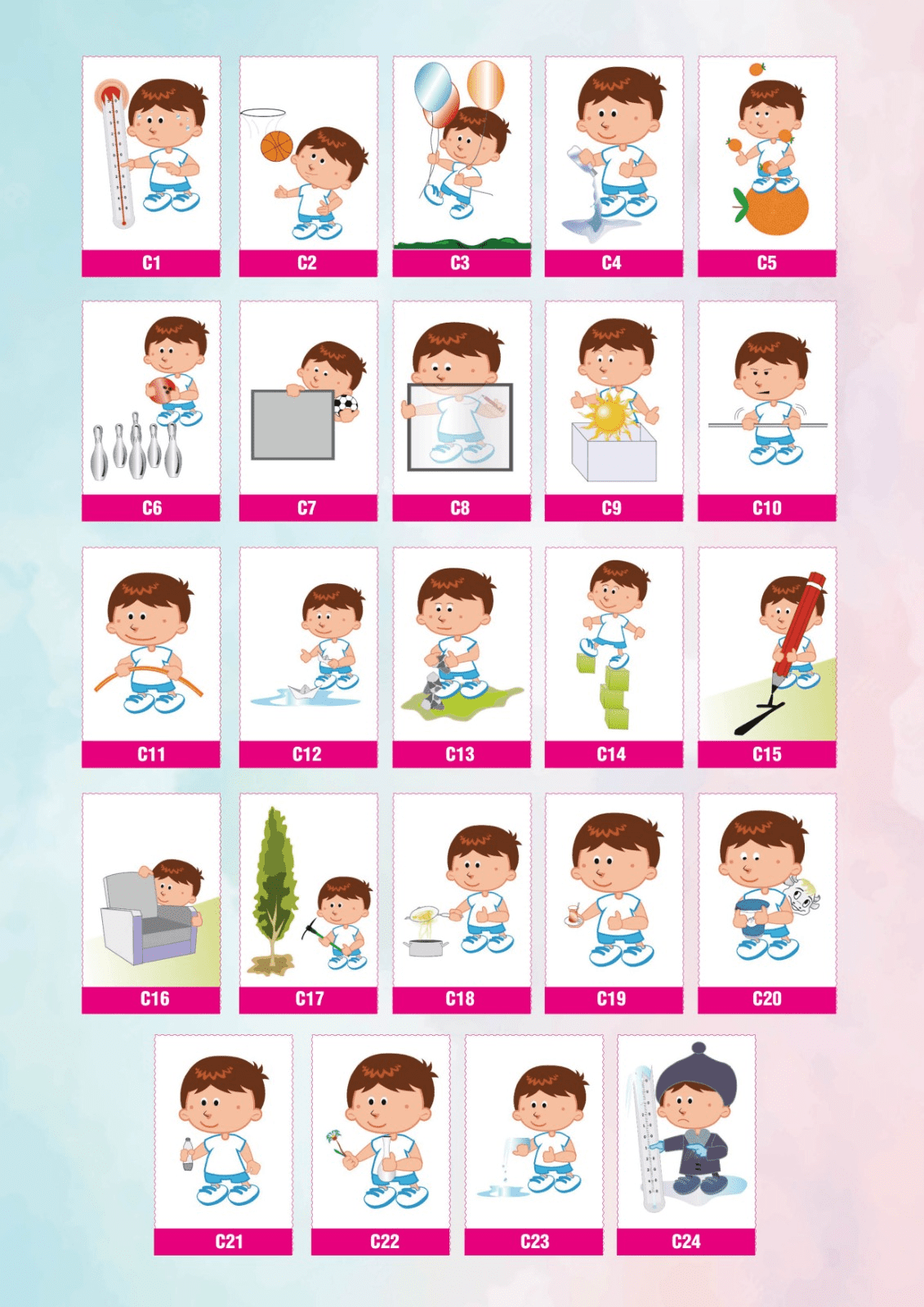
Source: Kurt et al., 2012 (p.9).
Figure 2 The back side of concept cards produced within the scope of the research.
2.1.1. Study Group
The study group of the research consisted of 9-year-old, volunteer students (n=6) studying at a public school in Turkey. Official permissions were obtained from the school directorate for the study. The number of eligible studies is 6. The gender distribution of the students is equal (f=3) (m=3). All students have normal development in the study group.
2.2. Data Analysis
The research consisted of three stages. The three phases took place in 4 weeks in total. In the first stage, students were taught concepts about the matter in a classical way. As a measurement tool, a giant spider concept map was laid on the ground and word representations were asked to be placed in the appropriate space. In terms of the effectiveness of measurement and evaluation, the fill in-the- map technique was used (Figure 3). In the second stage, the same concept teaching was carried out with concept cards.
In the second stage, concept cards were expected to be placed on the spread concept map on the ground to fill the gap. Thus, as a result of the tests, 12 concept maps were obtained, and these maps were drawn and analyzed in the Cmaptools program. The third stage of the research consisted of interviews. In the study, the spider concept web map at the 1st hierarchical level of Novak & Gowin (1984) was used. The key concept is at the center of spider web concept maps (Figure 4). Other concepts, like spider feet, have enveloped the key concept. These are general concepts at the 1st hierarchical level. There are no cross-links in the spider web concept map. In fact, this makes spider web concept maps more complex (Figure 4). Since the research is at the first hierarchical level, the links are examined. The student who made the correct connection got a "1" point, and the student who could not make the correct connection got a "0" point. A total of 12 concepts belonging to 6 students were drawn and examined in smaptools, and the second stage after the first and second stages.
As a result of the first and second stages of the research, 12 different concept maps were drawn in the CmapTools program. This program is a program that can be used free of charge and allows its users to draw concept maps. Concept maps created by each participant with both concept cards (Figure 6) and word cards (Figure 7) were recreated in this program. Two concept maps belonging to each created individual were examined and it tried to determine which method the participant created was more accurate. With this research, the relationships between concepts that students have about the matter were revealed (Figure 5).
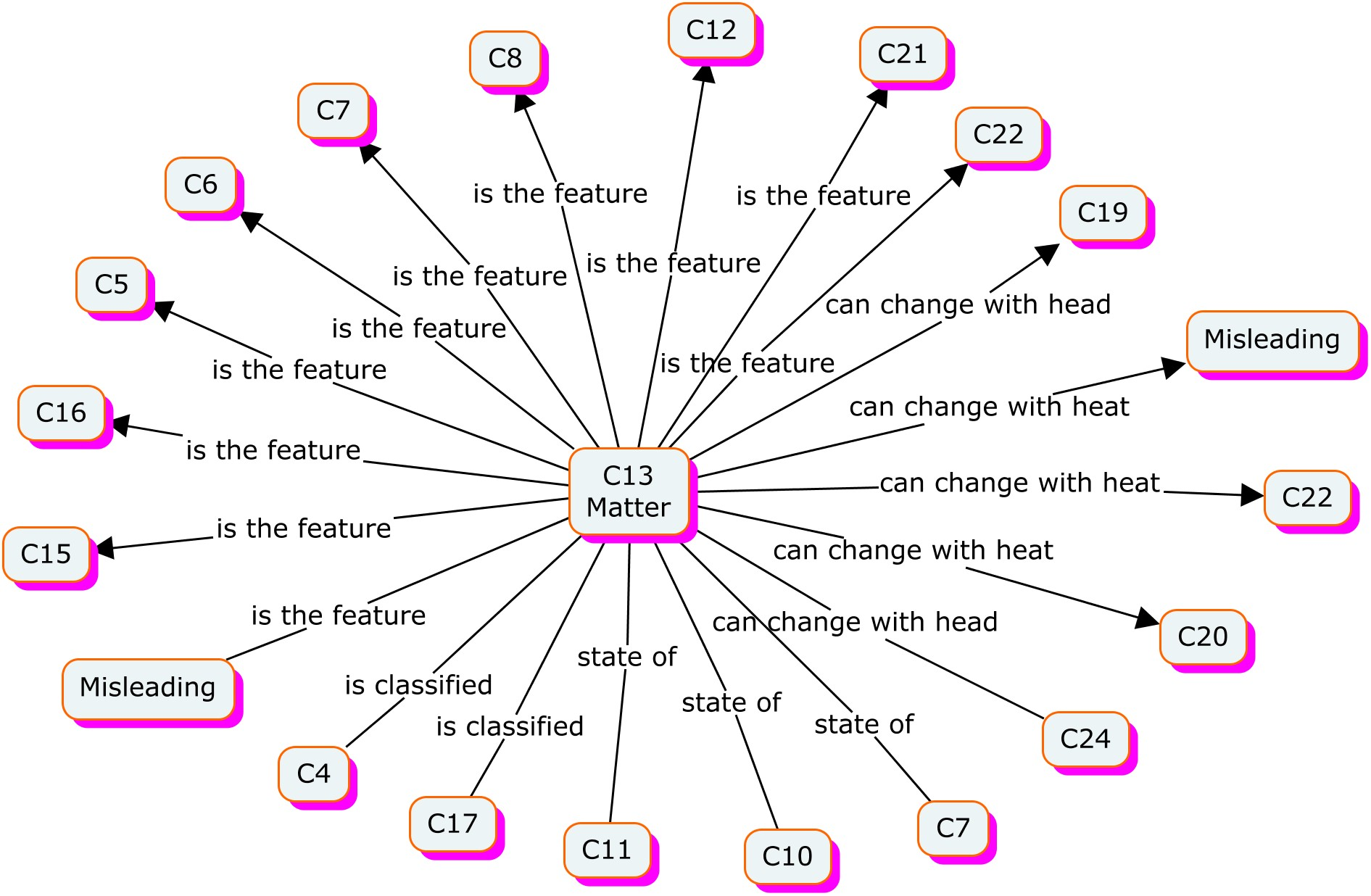
Source: Within the scope of this research, it was obtained from the database obtained from the students (2022).
Figure 6 Concept map created by S1 student with concept cards on Cmaptools Program.
3. Researcf results
According to the word cards test and concept cards results of the research, 12 different points belonging to 6 students were obtained (Table 3). From the word card results, it was seen that the lowest score was “5” and the highest score was “10”. According to the concept cards results, the lowest score was “9” and the highest score was “13”. From results, it was observed that the score obtained from the first stage increased with concept cards. From this mathematical table, it was observed that students with low scores in the first stage got higher scores in the second stage (Table 3).
Table 3 Word cards and Concept cards scores.
| Student number | Word card score | Concept card score |
| S1 | 10 | 10 |
| S2 | 9 | 10 |
| S3 | 7 | 13 |
| S4 | 5 | 10 |
| S5 | 7 | 11 |
| S6 | 7 | 9 |
Source: Within the scope of this research, the word cards and concept cards scores of the students (2022).
The Wilcoxon signed-rank test results regarding whether the scores obtained by the students with the word cards before the concept cards and with the concept cards after the concept cards significantly differ or not are given in (Table 4). According to the results of the analysis, a significant difference was found between the scores of the children participating in the study from the spider web concept map created by the students' concept cards and the scores they got beforehand (z=2.02, p<=0.05). Considering the mean rank and totals of the difference scores, it is seen that this observed difference is in favor of the positive ranks, that is, the post-test score. According to all these results, it is seen that students' concept cards have an important effect on the perception of concepts and the establishment of concept relations.
Table 4 Spss analysis results.
| Word Card- Concept Card | N | Rank Average | Rank Sum | Z | P |
| Negative Rank | 0 | 0.00 | 0.00 | 2.02* | 0.043 |
| Positive Rank | 5 | 3.00 | 15.00 | ||
| Equal | 1 | - | - |
Source: SPSS analyzes of the scores obtained from the own database of this research (2022).
In revealing this relationship, it has been observed that concept cards activate the images in students' minds more quickly, and great differences have been observed between the representation and visual representation of the concepts with the word symbol. According to the results of the 3 stages, the students stated that they found the concept cards exciting and intriguing, the lesson turned into a game rather than a theoretical transfer and they had fun.
4. Discussions
This research again emphasized the importance of the use of visual elements in educational studies (Berger, 1972). In the first stage of this study, when concept cards were prepared according to Piaget's developmental stages, it was observed that they were an effective concept-teaching tool. In this study, it has been observed that concept cards are effective when they are an interdisciplinary study product. It was observed that the students' recall and episodic memories were seriously activated in the physics lesson, which was held with concept cards (z =2.02, p < 0.05).
However, this difference was more pronounced in students with low scores compared to classical lectures. This raises the question of whether concept cards can be used in special education. This result supports the success of educational cards in special education studies conducted in Turkey (Tongal, 2010). While the results of the research provided a significant increase in students with low scores in concept teaching, it did not indicate a significant increase in students with high scores in classical teaching. This research is one of the rare studies on concept cards because studies in this field are almost non-existent (Giovani et al., 2008). The educational outcomes of the research were that using concept cards in physics education made a significant difference. More research is needed on concept cards in terms of other disciplines.
Table 5. Semi-structured interview results.
| Student name | Gender(f/m) | Interview |
| S1 | m | …. With concept cards, the lesson was like playing a game. |
| S2 | f | …I felt the need to touch the cards. It looks like a cartoon character, and it got me excited. It was fun. |
| S3 | m | …. I think it was like playing a game. I made the cards look like myself. I smiled. |
| S4 | f | …I play games with my brother at home. This lesson was just like him. I made the cards look like my brother, and memories with my brother came to mind. |
| S5 | f | …Actually, I'm not good at science classes, but I was happy in this class. The game of placing cards was nice. |
| S6 | m | …The words seemed confused. But it was nice to play with these cards. |
Source: Semi-structured interview results obtained from the own database of this research (2022). In the third stage of the research
In the third stage of the research, (Table 5) semi-structured interviews were conducted with the students. The students described the lesson, which was carried out with concept cards instead of the classical lesson understanding, as 'playing a game'. In this context, it can be stated that concept cards turn the physics lesson into 'fun' for the 9-year-old group. The students stated that they empathized with the expressions on the concept cards and predicted that they kept the concept in their minds by making associations with their own experiences.
5. Conclusions
With this study, it has been determined that it is appropriate to use concept maps in the assessment and evaluation process of concept cards. In this sense, the fill-in-the-blanks technique is successful for the 9-year-old group. The use of concept maps as a measurement and evaluation tool has been observed as a successful technique. In the research, it was deemed appropriate to draw concept maps in the Cmaptools program and transfer them to teachers.
This research was presented as a congress paper at the Faculty of Education of the Middle East Technical University in Turkey to disseminate this program, where teachers can draw their own concept maps (Kurt et al, 2012). This research has been chosen as exemplary research in terms of creating and applying concept cards by teachers using concept maps in the Cmaptools program and the realization of the measurement and evaluation process with concept maps and continues to be broadcast as a video recording on Vitamin TV, one of the Turkey’s national education channels.
This study was carried out in Turkey. Study results may differ in different countries. More work is needed in this area. Due to legal permissions, 6 students were found suitable for the study group. The number of working groups can be increased. According to the results of the study, it is seen that the arithmetic scores of the students with low scores increased as a result of teaching with concept cards. As seen because of the literature review, concept cards can also be included in special education studies. Concept cards can be used in other disciplines for students with learning difficulties. For students with low vision, the cards can be rearranged with the figure ground contrast. It can be redesigned with Braille and embossing for visually impaired students.















